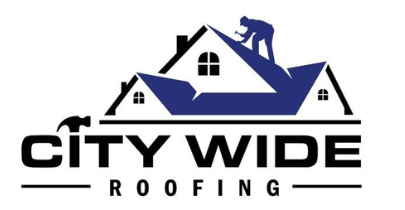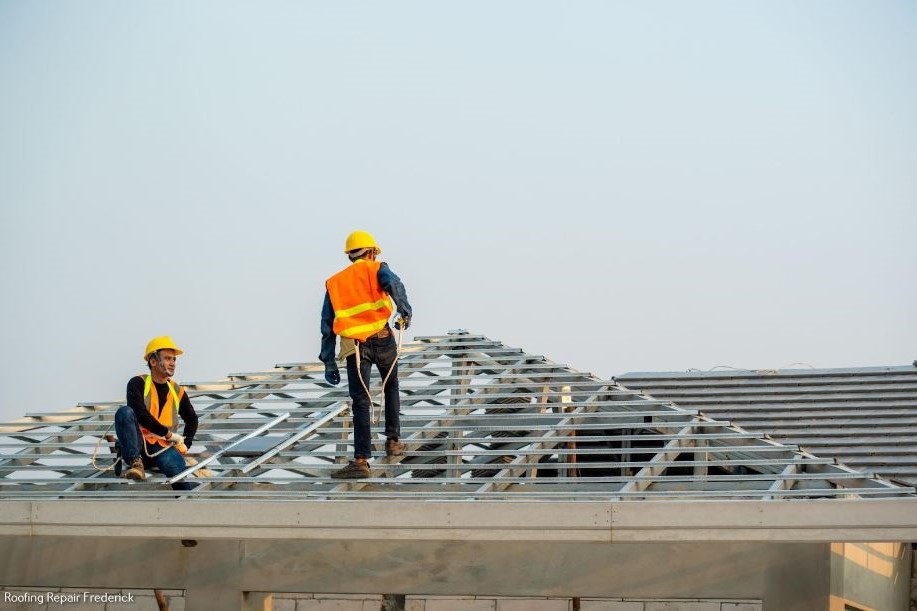Insulation practices for low-slope roofs form a critical facet of residential roofing due to the unique challenges associated with these structures. The issues range from ensuring effective water drainage to maintaining an optimal indoor climate, particularly in regions subject to extreme weather conditions. Consequently, professional roofers employ specific methods and materials in insulating low-slope roofs that not only enhance their functionality but also contribute towards energy efficiency and environmental sustainability.
Understanding these insulation techniques is crucial for any homeowner or potential homebuyer seeking to make informed decisions about their property. Furthermore, this knowledge serves as a valuable tool for professionals wanting to optimize their service delivery within the ever-evolving construction industry.
The following article aims to elucidate on the typical approaches used by residential roofers when dealing with insulation for low-slope roofs. With a primary focus on common methods and materials used today, this discussion will provide readers with a comprehensive understanding of this important aspect of modern housing construction.
Common Methods and Materials for Flat Roof Insulation
Just as a tailor would carefully select the finest materials to craft a winter coat, residential roofers meticulously choose specific methods and materials for insulating low-slope roofs, ensuring a robust barrier against harsh weather conditions.
The most common method applied by these professionals is using rigid foam boards or spray polyurethane foam (SPF). Rigid foam boards offer high thermal resistance per inch of thickness and can be cut to fit any space accurately, while SPF provides an uninterrupted layer of insulation, sealing off potential air leakages.
When considering Insulation Costs, it’s notable that while SPF may entail higher upfront costs compared to traditional insulation options like fiberglass or cellulose, it offers superior long-term energy savings due to its impeccable air-sealing properties.
Exploring sustainable alternatives in roofing insulation has become essential in modern construction practices. Consequently, green roofing options like vegetative roofs are gaining popularity among homeowners seeking environmentally-friendly solutions. Vegetative roofs incorporate layers of plants over a waterproofing system which not only provide excellent insulation but also aid in managing stormwater runoff and reducing urban heat island effects.
Moreover, recycled cellulose insulation made from post-consumer paper waste offers another eco-friendly option; It possesses similar thermal properties as traditional fiberglass but with significantly lower environmental impact.
Thus, residential roofers today must balance factors such as Insulation Costs and sustainability when selecting the most appropriate method for insulating low-slope roofs.
The Importance Of A Well-Maintained And Durable Residential Roof


